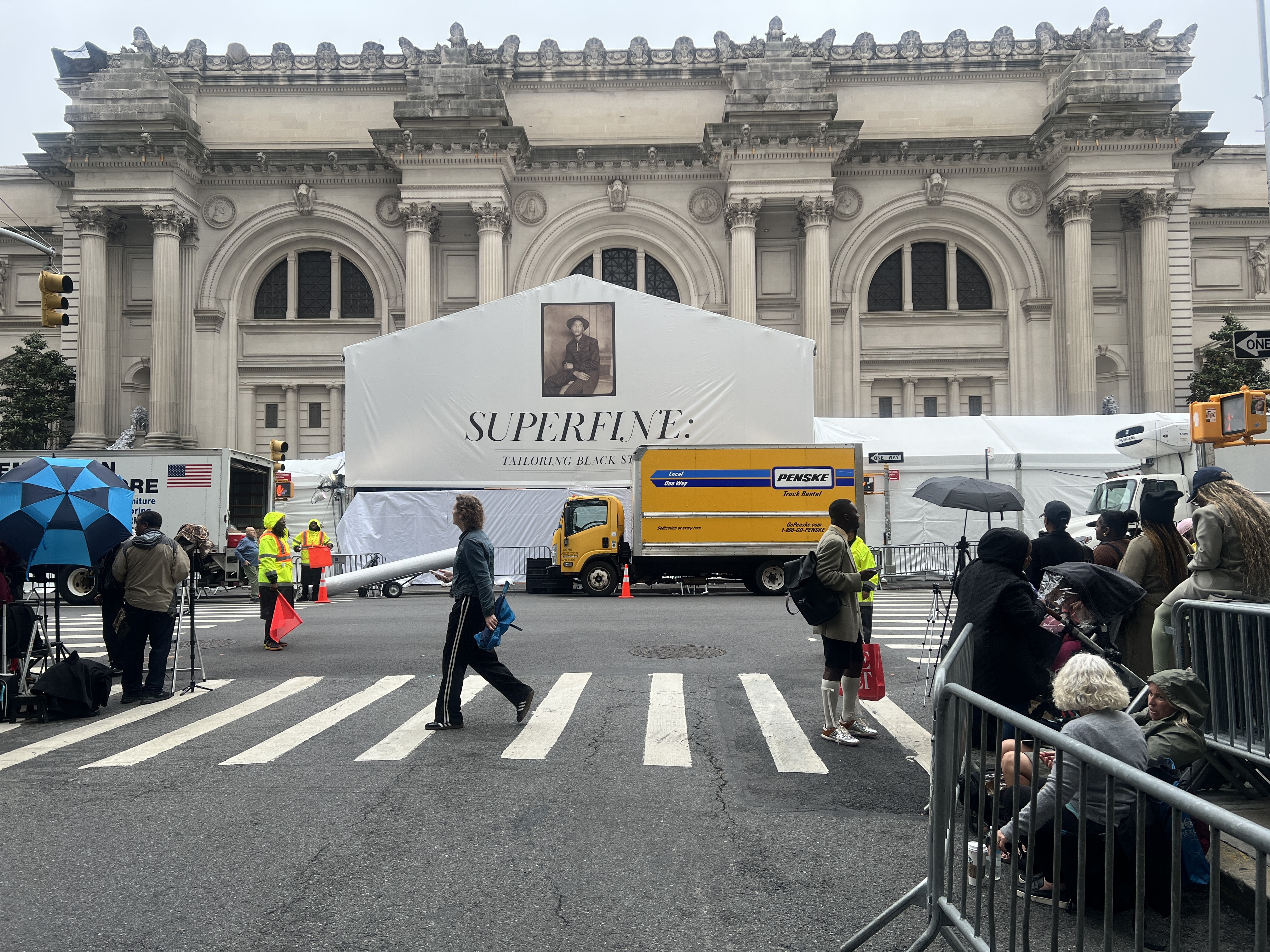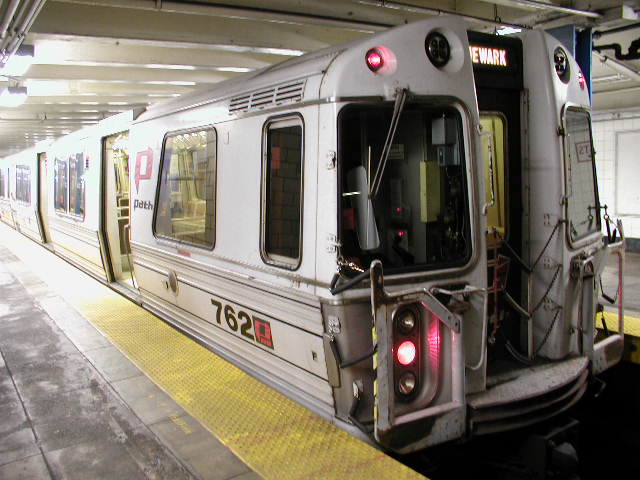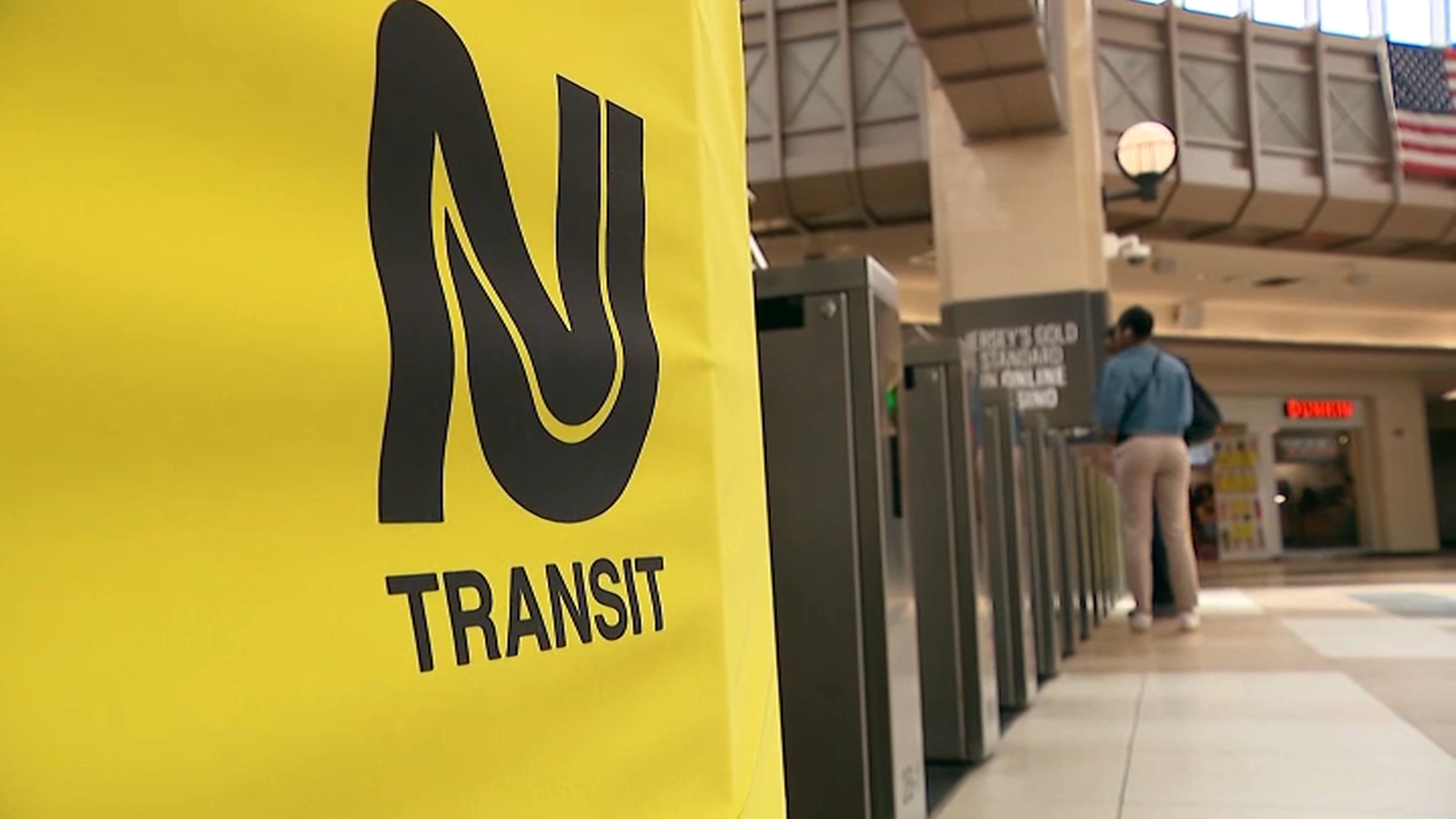United Cancels Newark Flights: 7 Tips to Avoid Travel Chaos
United Airlines Cuts Flights at Newark: What Passengers Need to Know
Introduction: Turbulence Ahead for Newark Flyers
Ever booked a flight dreaming of sunny beaches or crucial business meetings, only to find yourself stuck in airport limbo? Well, if Newark Liberty International Airport (EWR) is your usual departure point, brace yourself. United Airlines is making some significant changes that could impact your travel plans. Due to ongoing issues with FAA equipment and staffing shortages, United's CEO has announced they are cancelling a substantial number of flights. So, what does this mean for you? Let's dive into the details and find out.
The CEO's Announcement: A Necessary Evil?
United CEO Scott Kirby didn't mince words in his recent letter to customers. Starting this weekend, United will be cutting 35 roundtrip flights per day from its Newark schedule. That's a significant number of cancellations! Kirby described the decision as a tough but necessary measure to address the persistent operational challenges at EWR. But why is United taking this drastic step?
Understanding the FAA's Role: A Broken Link in the Chain
Equipment Malfunctions at the Philadelphia TRACON Center
The Federal Aviation Administration (FAA) plays a crucial role in ensuring smooth air traffic operations. However, recent equipment malfunctions at the Philadelphia TRACON center, which manages airspace around Newark, have thrown a wrench in the works. Imagine trying to coordinate a complex dance performance with a faulty microphone – that's the kind of challenge air traffic controllers are facing. These equipment issues have resulted in significant delays for passengers.
Staffing Shortages: A Critical Deficiency
Equipment problems aren't the only issue. The FAA is also grappling with air controller staffing shortages. According to United's CEO, a significant portion of air traffic controllers at EWR walked off the job. This shortage further exacerbates the delays and disruptions, leaving airlines with limited options.
The Triple Threat: FAA Issues, Staffing, and Construction
Runway Construction: Adding Insult to Injury
As if equipment malfunctions and staffing shortages weren't enough, ongoing runway construction at Newark is compounding the problems. It's like trying to navigate a busy intersection with road closures and malfunctioning traffic lights – chaotic and frustrating. The combination of these factors creates a perfect storm of delays and cancellations.
Impact on Passengers: What to Expect
Flight Delays and Cancellations: Prepare for the Unexpected
The most immediate impact will be felt by passengers flying to and from Newark. Expect potential flight delays and cancellations. It’s crucial to check your flight status regularly and stay informed about any changes to your itinerary. Have a backup plan in mind, just in case.
Increased Airport Congestion: Navigating the Chaos
With fewer flights operating, expect increased congestion at the airport. Terminals may be more crowded, and wait times at security and check-in counters could be longer. Arrive early, pack your patience, and maybe bring a good book or download some podcasts to keep yourself entertained.
United's Response: Taking Matters Into Their Own Hands
Unilateral Action: A Controversial Decision
United's decision to unilaterally cancel flights is undoubtedly a bold move, and perhaps a controversial one. It highlights the airline's frustration with the ongoing issues at Newark. By proactively reducing their schedule, United aims to improve the overall operational reliability of their flights. But will it work?
Reallocating Resources: Shifting the Focus
By cancelling flights, United can reallocate resources to handle the remaining flights more efficiently. This could lead to reduced delays and a better overall experience for passengers whose flights are still operating. However, it’s a trade-off, as some passengers will inevitably be inconvenienced by the cancellations.
The Blame Game: Who's Responsible?
FAA Accountability: Addressing the Root Causes
The FAA's role in this situation is under scrutiny. Questions are being raised about the agency's ability to maintain its equipment and ensure adequate staffing levels. Addressing these underlying issues is crucial to preventing future disruptions at Newark and other airports.
Airline Responsibility: Balancing Profit and Performance
Airlines also have a responsibility to manage their schedules and resources effectively. While United is taking proactive steps to address the situation, it's important to consider the airline's role in contributing to the overall congestion at Newark.
Expert Opinions: What Industry Analysts are Saying
Industry analysts are weighing in on the situation, offering their perspectives on the causes and potential solutions. Some believe that the FAA needs to invest more in infrastructure and technology. Others argue that airlines need to coordinate their schedules more effectively. The consensus is that a multi-faceted approach is needed to resolve the ongoing challenges at Newark.
Navigating the Disruption: Tips for Passengers
Travel Insurance: A Safety Net for the Unexpected
Consider purchasing travel insurance that covers flight delays and cancellations. This can help you recoup some of your expenses if your travel plans are disrupted. Read the fine print carefully to understand the terms and conditions of your policy.
Flexible Travel Dates: Adjusting Your Itinerary
If possible, be flexible with your travel dates. Flying on less popular days or times could increase your chances of avoiding delays and cancellations. Consider flying mid-week or during off-peak hours.
Staying Informed: Utilizing Technology
Download your airline's app and sign up for flight alerts. This will allow you to receive real-time updates on your flight status and any potential changes to your itinerary. Stay connected and informed throughout your journey.
The Future of Newark: Can Things Improve?
Long-Term Solutions: A Collaborative Effort
Resolving the issues at Newark requires a collaborative effort from the FAA, airlines, and airport authorities. Investing in infrastructure, improving staffing levels, and coordinating schedules are all essential steps towards creating a more reliable and efficient air travel experience.
Technological Advancements: Embracing Innovation
Embracing technological advancements can also help to improve air traffic management and reduce delays. New technologies like advanced radar systems and automated air traffic control can enhance efficiency and safety.
Conclusion: Charting a Course Through Uncertainty
United's decision to cancel flights at Newark highlights the complex challenges facing the aviation industry. While the cancellations may cause short-term disruptions, they could ultimately lead to a more reliable and predictable travel experience. Keep a close eye on your flight status, be prepared for potential delays, and remember to pack your patience. The skies may be a bit turbulent right now, but with careful planning and a bit of flexibility, you can still navigate the disruption and reach your destination.
Frequently Asked Questions
- Why is United Airlines cancelling flights at Newark?
- United is cancelling flights due to ongoing FAA equipment issues, air controller staffing shortages, and runway construction at Newark Liberty International Airport.
- How many flights are being cancelled each day?
- United Airlines is cancelling 35 roundtrip flights per day from its Newark schedule.
- Will I be compensated if my United flight from Newark is cancelled?
- Compensation policies vary depending on the reason for the cancellation and your ticket type. Contact United Airlines directly to inquire about compensation options.
- What can I do to minimize the impact of these cancellations on my travel plans?
- Check your flight status regularly, be flexible with your travel dates, consider purchasing travel insurance, and arrive at the airport early to account for potential delays and increased congestion.
- How long are these flight cancellations expected to last?
- The duration of the flight cancellations is uncertain. Monitor United Airlines' announcements and news reports for updates on the situation.




